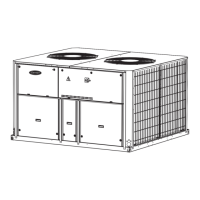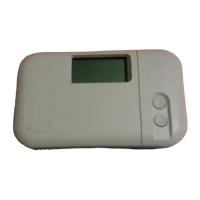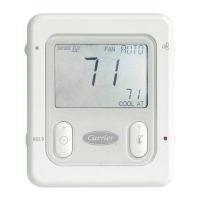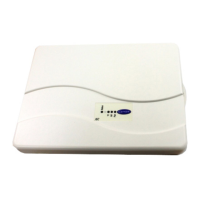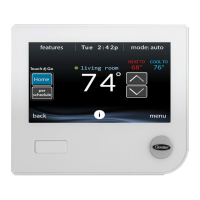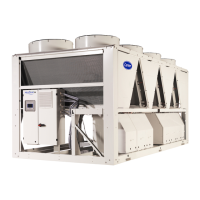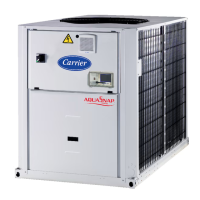4
Installation, start-up and servicing of equipment can be
hazardous if certain factors particular to the installation are
not considered: operating pressures, presence of electrical
components and voltages and the installation site (elevated
plinths and built-up up structures). Only properly qualied
installation engineers and highly qualied installers and
technicians, fully trained for the product, and are authorized
to install and start-up the equipment safely. During all
servicing operations all instructions and recommendations
which appear in the installation and service instructions for
the product, as well as on tags and labels fixed to the
equipment, components and accompanying parts supplied
separately, must be read, understood and followed.
- Apply all standard safety codes and practices.
- Wear safety glasses and gloves.
- Use the proper tools to move heavy objects. Move units
carefully and set them down gently.
Only personnel qualified in accordance with IEC
(International Electro technical Commission)
recommendations may be permitted access to electrical
components. It is particularly recommended that all sources
of electricity to the unit should be shut off before any work
is begun. Remember to shut off the main power supply at
the main circuit breaker or isolator.
CAUTION: The equipment uses and emits electromagnetic
signals. Tests have shown that the equipment conforms to
all applicable codes with respect to electromagnetic
compatibility.
RISK OF ELECTROCUTION: Even when the main circuit
breaker or isolator is switched off, certain circuits may still
be energized, since they may be connected to a separate
power source.
RISK OF BURNS: Electrical currents cause components
to get hot either temporarily or permanently. Handle power
cable, electrical cables and conduits, terminal box covers
and motor frames with great care.
PIC 5+ control is a control system for controlling 19 Series
which include both legacy and next generation centrifugal
water-cooled chillers. The control system monitors and
controls all operations of the chiller. The microprocessor
control system matches the cooling or heating capacity of the
chiller to the cooling or heating load while providing state-
of-the-art chiller protection. The system controls cooling or
heating load within the set point plus and minus the dead
band by sensing the water or brine temperature and regulating
the inlet guide vane via a mechanically linked actuator motor
and regulating VFD speed if the compressor is a variable
speed compressor. The guide vane is a variable ow pre-whirl
assembly that controls the refrigeration effect in the cooler
by regulating the amount of refrigerant vapor ow into the
compressor. An increase in guide vane opening increases
capacity. A decrease in guide vane opening decreases capacity.
The microprocessor-based control center protects the chiller
by monitoring the digital and analog inputs and executing
capacity overrides or safety shutdowns, if required.
PIC 5+ control also gives access to a Control Test function
covering all outputs except compressor relay outputs.
The following abbreviations are used frequently:
Carrier Comfort Network
Operating mode: CCN
Entering Condenser Water
Entering Chilled Water
Envelope Control
Leaving Condenser Water
Leaving Chilled Water
Light Emitting Diode
Local Equipment Network
(internal communication linking the main board to slave boards)
Rated Load Amps
Variable Frequency Drive
Integrated Starter Module
Main Control Board
Input/Output Board

